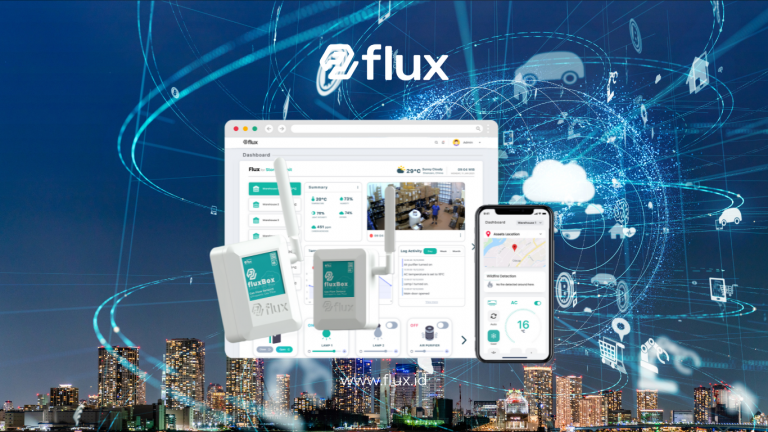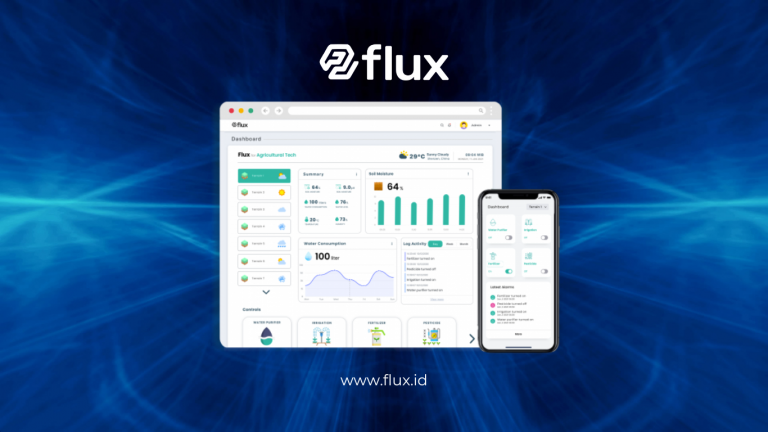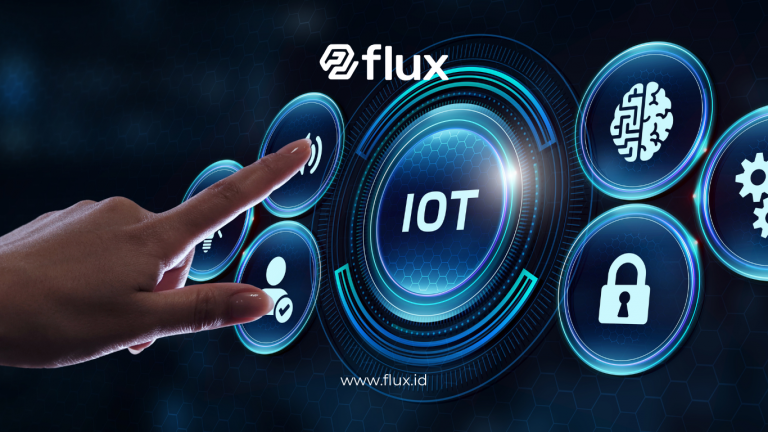Don't miss our holiday offer - 20% OFF!
Flood disasters pose significant challenges to many regions, particularly in flood-prone areas. As climate change and urbanization continue to escalate, floods occur more frequently and cause more devastating impacts. One innovative solution being implemented is the use of Internet of Things (IoT) technology for flood monitoring.
IoT technology enables the real-time collection of data through various sensors deployed in strategic locations. This data is then transmitted to a monitoring center for analysis, which allows authorities to issue early warnings to the public. This article explains how IoT technology works in flood monitoring and highlights its benefits in protecting communities.
Contents
What Is IoT Technology?

Read More: Preventing Floods with IoT Sensors: Innovations in Flood Monitoring Systems
The Internet of Things (IoT) refers to a system where electronic devices are connected via the internet to exchange data. These devices include sensors, cameras, and other monitoring tools that operate automatically to deliver precise information.
In flood monitoring, IoT works through sensors that measure parameters such as:
- Water level
- Rainfall
- Water flow speed
- Air humidity
The sensors send this information in real-time to a central system. Consequently, authorities can issue early warnings to residents and mitigate the impact of floods.
Applications of IoT Technology in Flood Monitoring
1. Water Level Sensors
Authorities install water level sensors in rivers, canals, and flood-prone areas to monitor rising water levels. If water exceeds a set threshold, the sensor sends an immediate alert to the monitoring center.
2. Rainfall Sensors
Rainfall sensors measure the amount of rain in a specific area. By analyzing the data, experts can predict flood risks based on rainfall intensity.
3. Real-Time Monitoring Cameras
Officials strategically install cameras to provide live visuals of environmental conditions. These cameras help verify sensor data and offer real-time situational awareness.
4. Wireless Data Communication
Sensors transmit collected data through wireless networks like LoRa, NB-IoT, or 4G/5G to central servers. Because of this, data can be sent reliably and in real-time, even in remote areas.
5. Mobile Applications for Early Warnings
Communities receive flood warnings through mobile applications. As a result, residents can act quickly to evacuate or take preventive measures.
Benefits of IoT Technology for Flood Monitoring
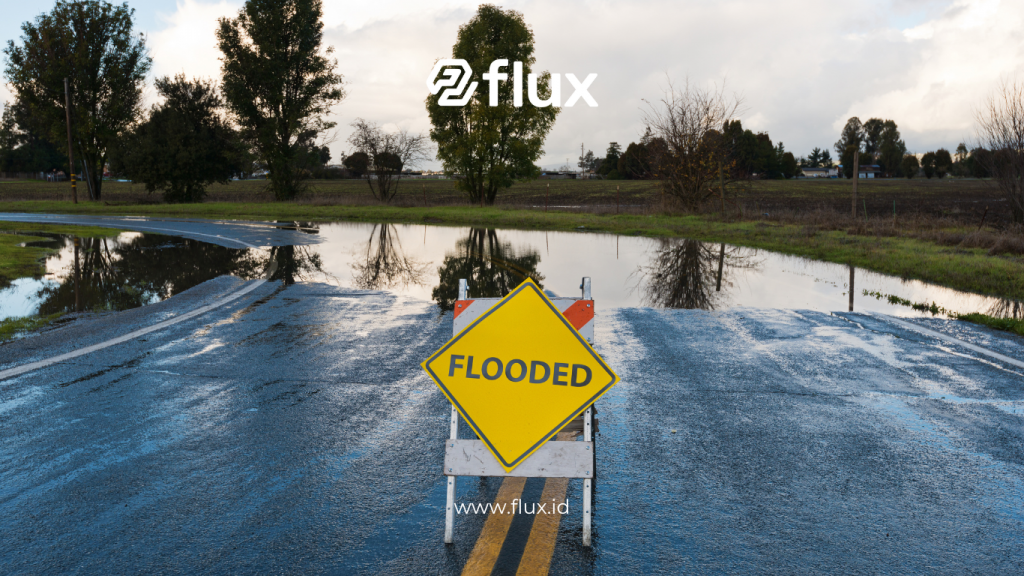
Read More: Flood Anticipation with IoT, Direct Monitoring from Smartphone
1. Early Detection and Real-Time Alerts
IoT technology makes early detection possible by providing real-time data. With early warnings, authorities can reduce casualties and minimize property damage.
2. Improved Data Accuracy
IoT sensors provide precise and reliable data, making them more effective than manual monitoring methods. Additionally, the collected data is readily available for further analysis.
3. Cost and Resource Efficiency
Automated flood monitoring reduces the need for extensive field personnel, resulting in cost and resource savings.
4. Comprehensive Area Monitoring
With IoT, authorities can monitor multiple areas simultaneously. Even remote or hard-to-reach locations can be covered through wireless networks.
5. Faster Decision-Making
Real-time data empowers decision-makers to act quickly and implement strategies to mitigate flood threats.
Challenges in Implementing IoT for Flood Monitoring
Despite its many advantages, implementing IoT technology for flood monitoring presents several challenges:
- Limited Network Infrastructure: Remote areas often lack the network coverage needed for real-time data transmission.
- High Initial Costs: Deploying IoT systems, including sensors and communication infrastructure, requires substantial investment.
- Sensor Maintenance: Environmental factors such as extreme weather or vandalism can damage sensors, requiring regular maintenance.
- Skill Gaps: Managing and analyzing IoT data requires trained professionals, which can be a challenge in some areas.
Solutions to Overcome Challenges
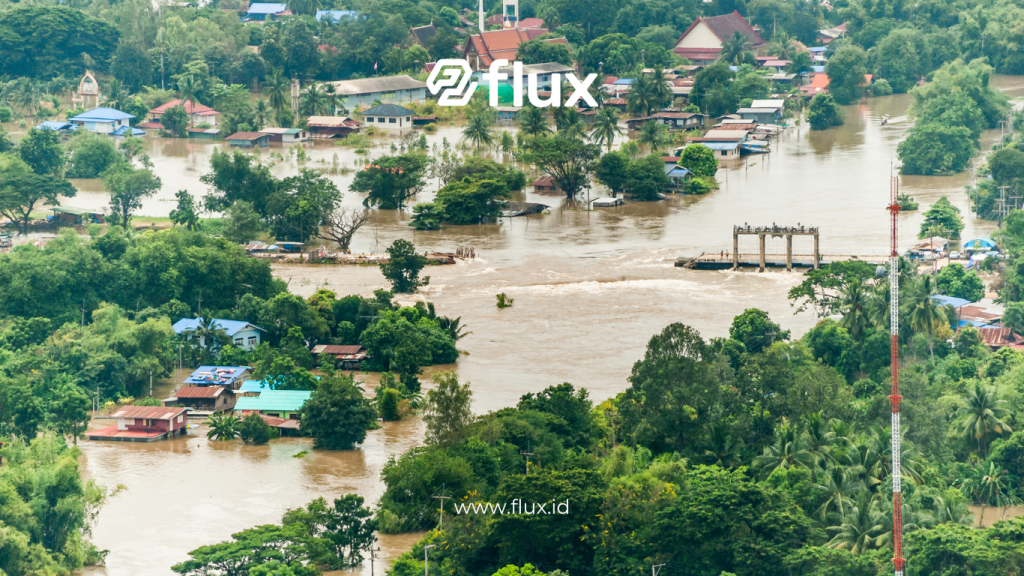
Read More: Flood Weather Sensor: Advanced for Prediction and Mitigation
To address these challenges, stakeholders can take the following steps:
- Implementing Alternative Network Solutions: Technologies like LoRa and NB-IoT are cost-effective and capable of reaching remote areas.
- Encouraging Government-Private Sector Collaboration: Joint funding and partnerships can accelerate the deployment of IoT solutions.
- Providing Training Programs: Training initiatives will equip professionals with the skills to manage IoT systems effectively.
- Ensuring Regular Maintenance: Scheduled maintenance and inspections can ensure the optimal performance of IoT devices.
Conclusion
IoT technology provides an effective and efficient solution for flood monitoring. By using sensors, wireless communication, and early warning systems, authorities can help communities prepare for flood disasters. While there are challenges in its implementation, strategic measures can overcome these obstacles.
Implementing IoT technology for flood monitoring is not just a technological advancement but also a long-term investment in community safety. With collaboration between governments, private sectors, and communities, IoT technology can become a key component in mitigating flood risks and protecting lives in the future.



